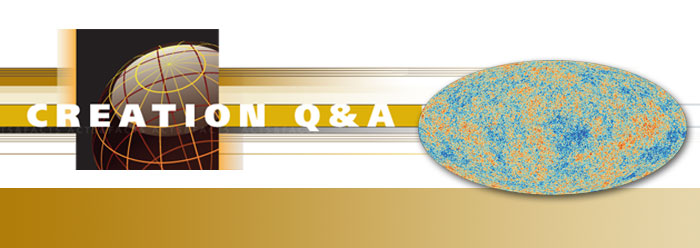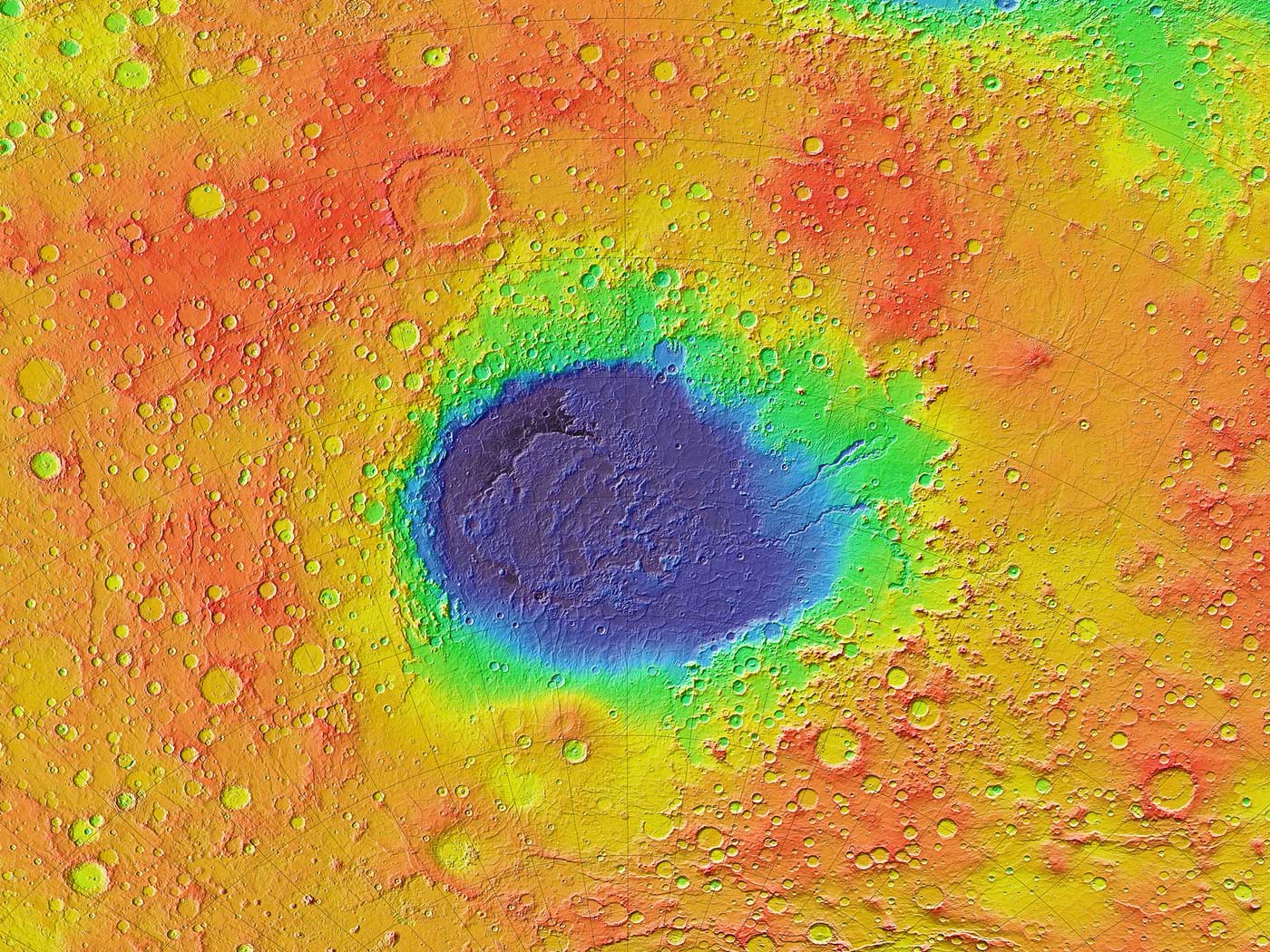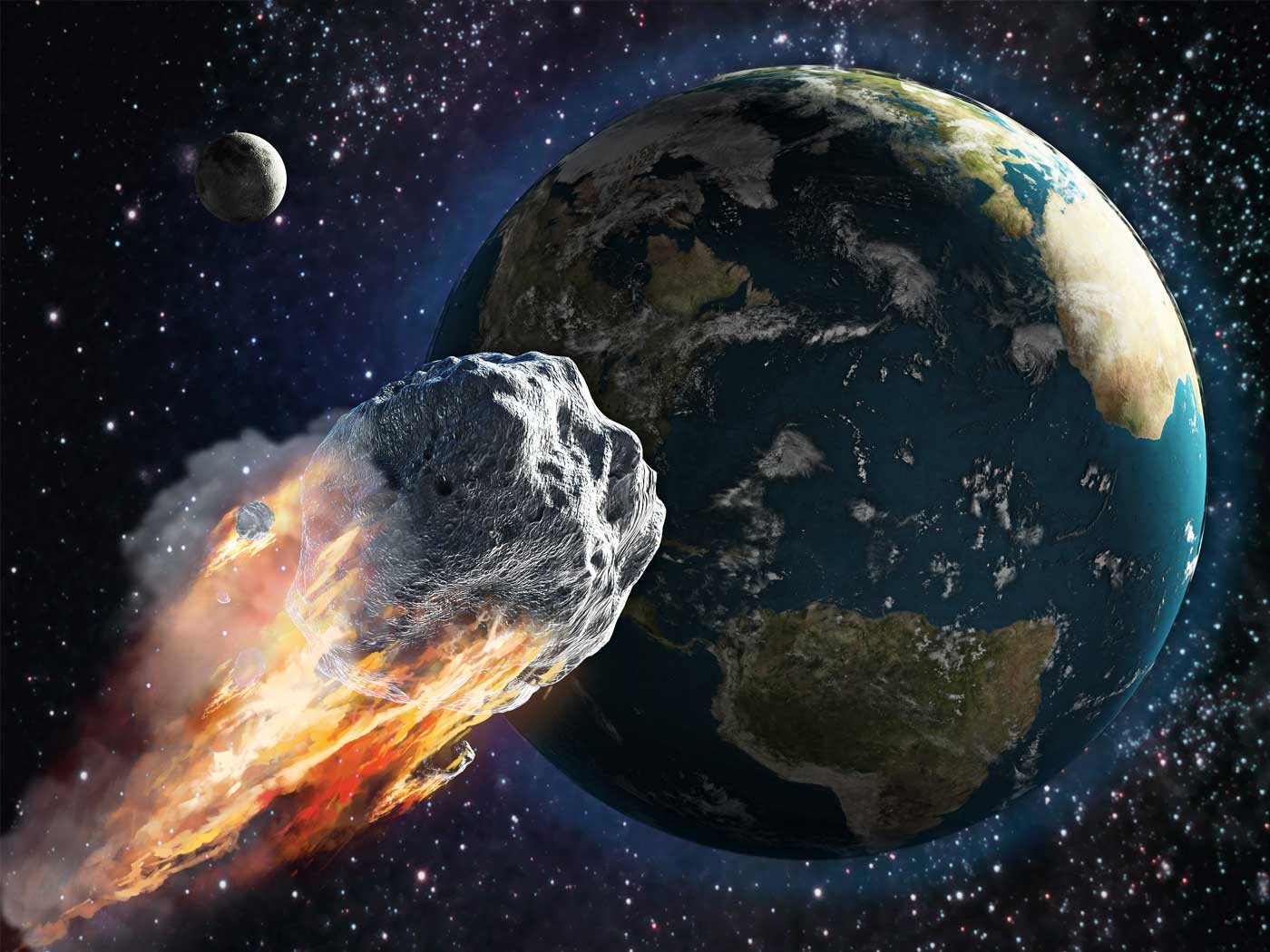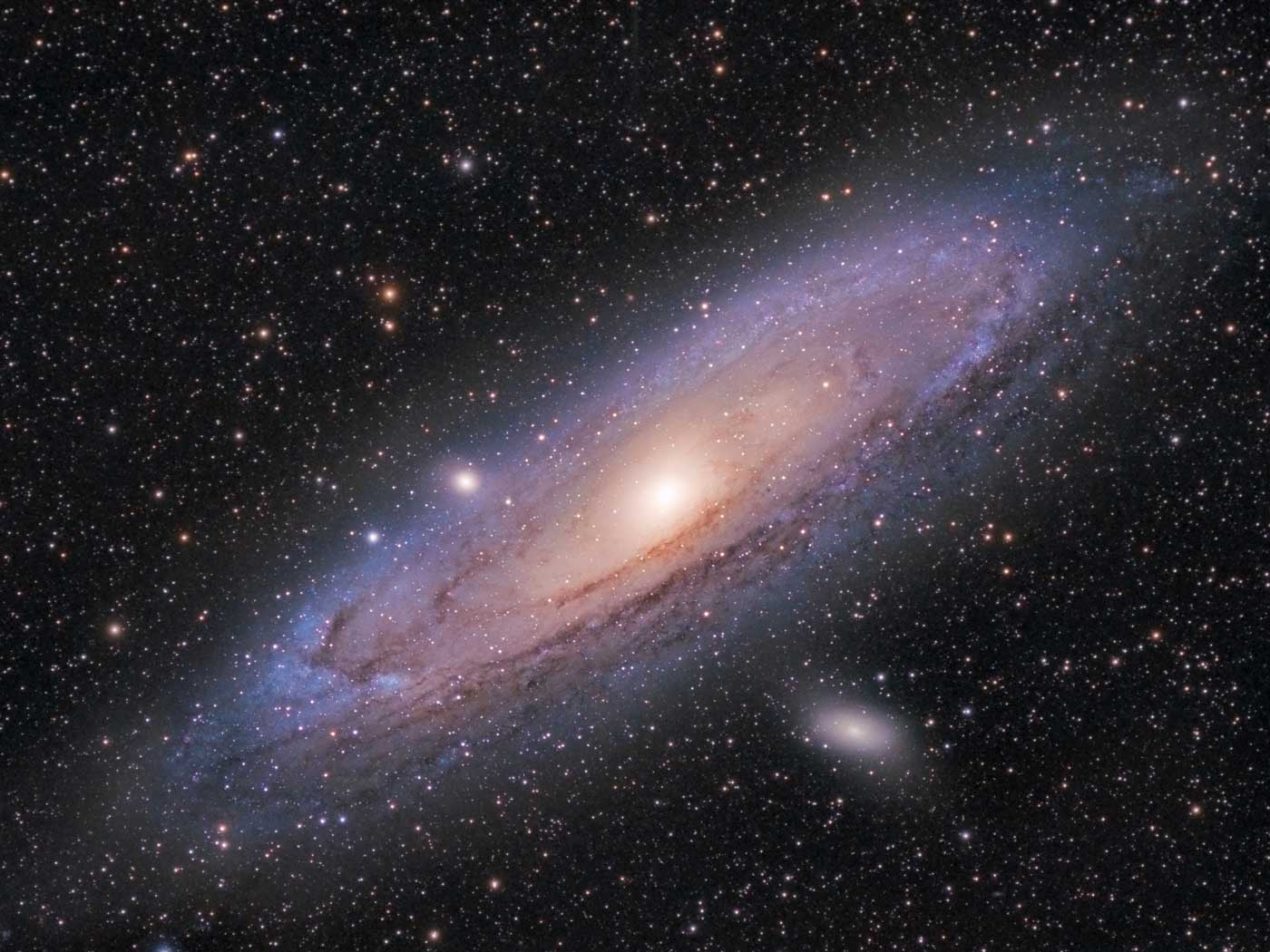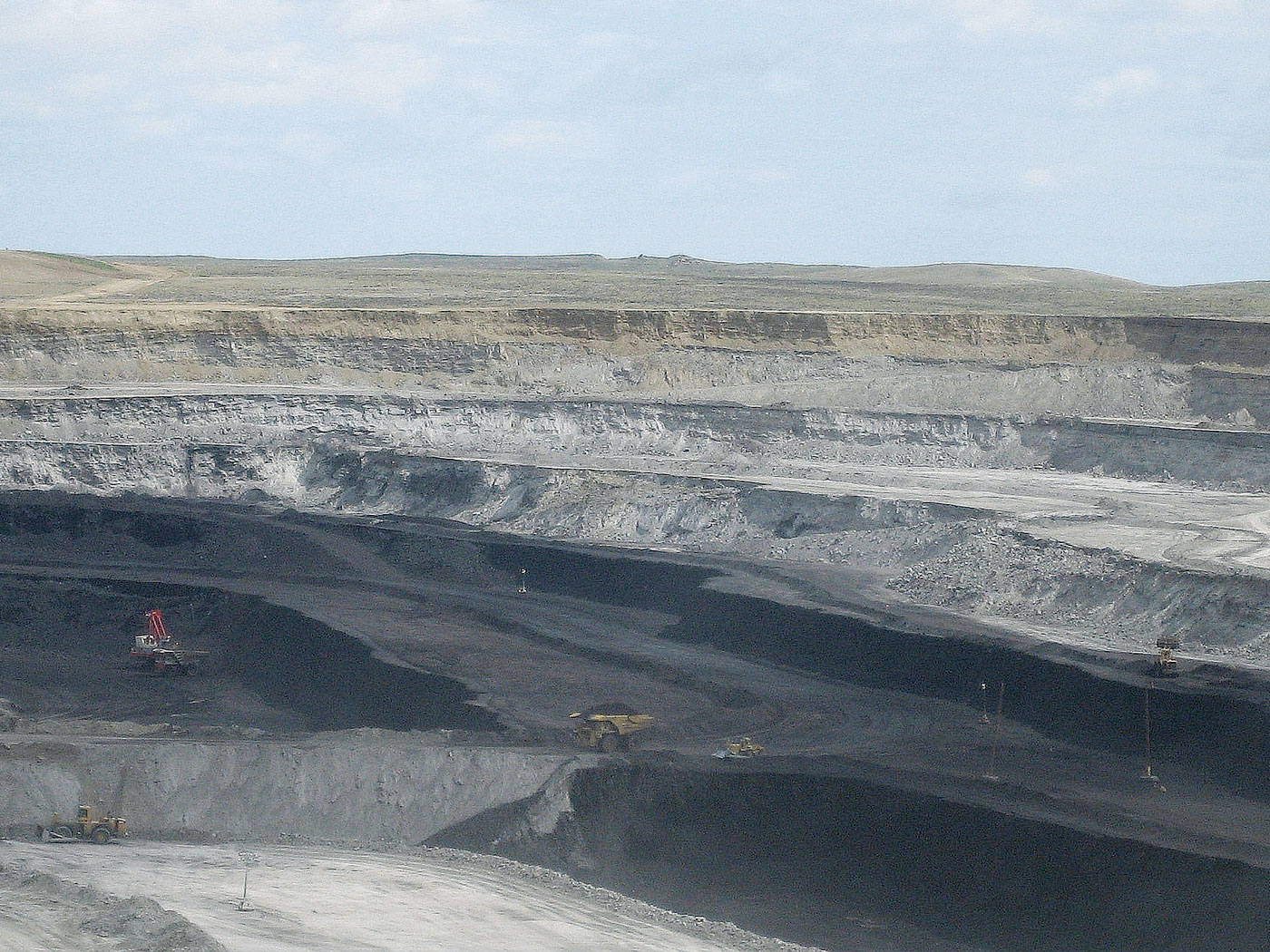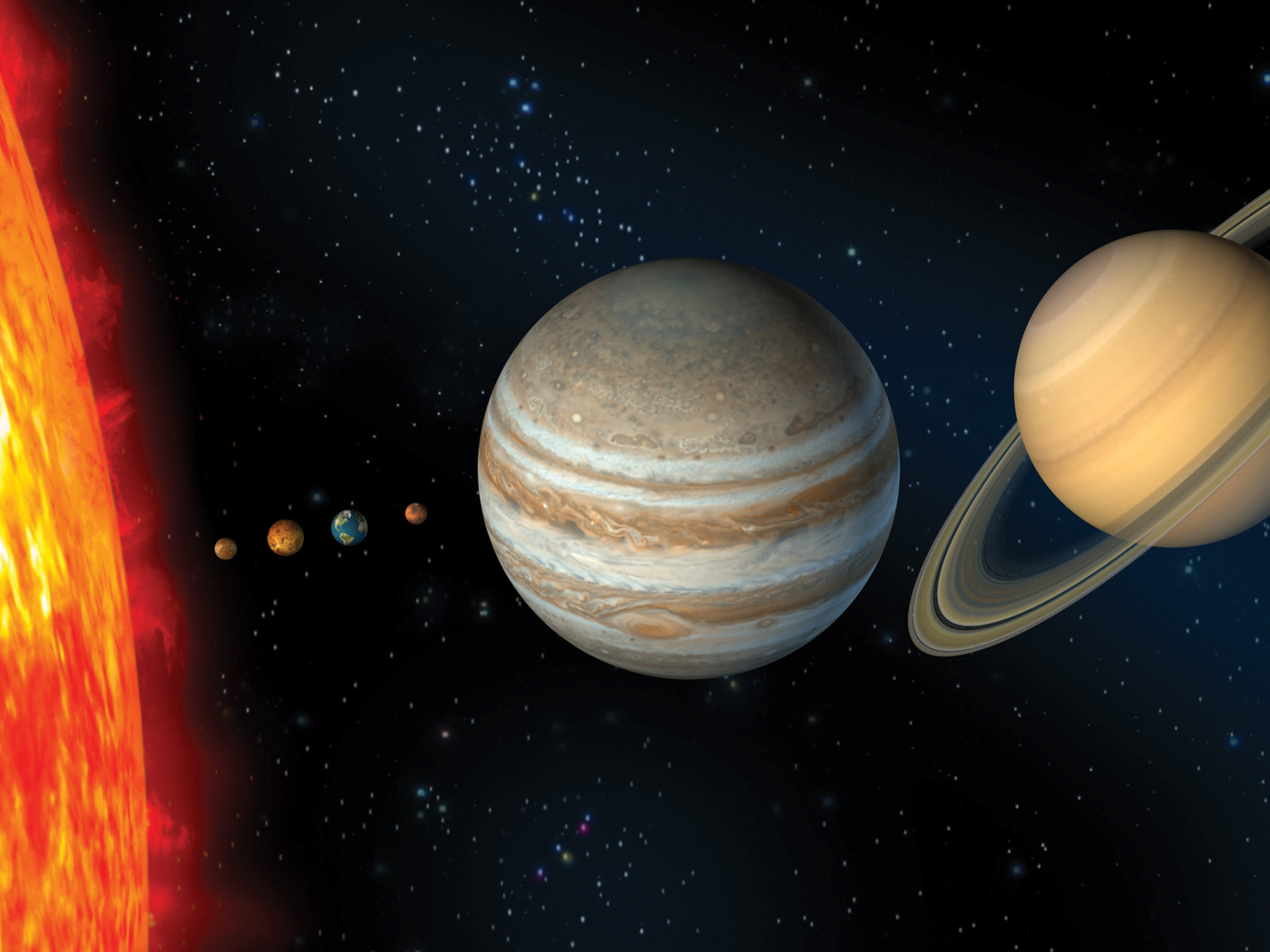by Jake Hebert, Ph.D., and Brian Thomas, M.S.*
Some Christians claim that God used the Big Bang (BB) as a means to create the universe, despite the obvious contradictions with the Genesis creation account—like stars existing before Earth and the billions of years of supposed time involved—and they cite “scientific” arguments for this claim. Upon closer examination, however, these arguments do not impress. Christians can refute them by noting inconsistencies between science and the BB.
For instance, many people think the universe is expanding as a result of a cosmic explosion. But is the BB really the only way to explain an expanding universe? A possible reason God might have imposed expansion upon His recently created universe would be to prevent the universe from collapsing in on itself due to its own gravity.
The BB supposedly explains low-energy cosmic microwave background radiation (CMBR) observed from all directions in space. According to the BB, the CMBR from one part of the sky should be essentially the same as that in any other part of the sky, but recent measurements by the Planck satellite confirm that this is not the case. The CMBR temperatures show subtle unpredicted patterns. This undermines the claim that the CMBR is an “afterglow” from the BB and that patterns in the CMBR provide smoking gun evidence for a component of the BB model called inflation.1
The BB model does a good job of accounting for the abundances of hydrogen and helium in the universe, but only because it contains a “free” parameter that scientists can choose to give the “right” answer.2 And even so, the BB can only produce enough protons and neutrons to account for 15 percent of the total amount of matter thought to exist, including so-called “dark matter.”3,4 Because of this, and because other known forms of matter do not have the correct properties for evolutionary models of star and galaxy formation, the BB needs 85 percent of all matter to exist in a never-before-observed form!2 Current versions of the BB obviously cannot account for this “exotic” dark matter, since nobody even knows what it is. Furthermore, BB interpretations also require the existence of a mysterious kind of dark energy. Overall, BB interpretations lead to the conclusion that 96 percent of the stuff in the universe—dark energy plus dark matter—is unknown!5
Finally, even though a manipulated BB model yields the correct observed percentages of hydrogen and helium, it cannot explain how these chemical elements could ever form into stars or galaxies.6,7
The BB is a bad scientific model. It does a very poor job of explaining the universe that God actually built. And we know from Scripture that God did not use the BB to create—He used His powerful spoken word.8
References
- Hebert, J. ‘Smoking Gun’ Evidence of Inflation? Creation Science Update. Posted on icr.org March 21, 2014, accessed May 12, 2014.
- Hebert, J. 2013. Dark Matter, Sparticles, and the Big Bang. Acts & Facts. 42 (9): 17-19.
- Dark matter. Science and Technology Facilities Council fact sheet. Posted on www.stfc.ac.uk, accessed May 13, 2014.
- Here we are not considering the possibility that large amounts of dark matter could be the result of unknown physics.
- Lemonick, M. D. Telescope to Hunt for Missing 96% of the Universe. Time. Posted on science.time.com February 20, 2013, accessed May 13, 2014.
- Lisle. J. 2012. Blue Stars Confirm Recent Creation. Acts & Facts. 41 (9): 16.
- Thomas, B. New Galaxy Model Leaves Old Questions Unanswered. Creation Science Update. Posted on icr.org May 5, 2011, accessed May 13, 2014.
- “For He spoke, and it was done; He commanded, and it stood fast.” Psalm 33:9.
* Dr. Hebert is Research Associate at the Institute for Creation Research and received his Ph.D. in physics from the University of Texas at Dallas. Mr. Thomas is Science Writer at the Institute for Creation Research.




